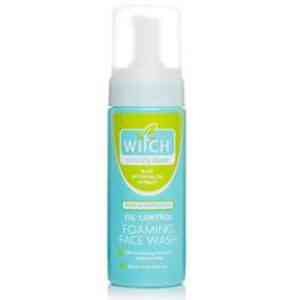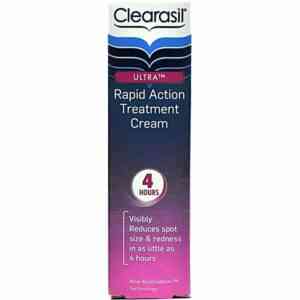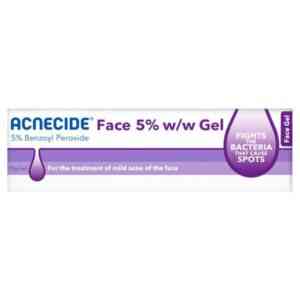Description
Freederm Gel for Mild to Moderate Acne Gel,10g
Freederm Gel is a skin treatment for mild to moderate inflamed acne spots and pimples. The medical term for this condition is inflammatory acne vulgaris which causes inflamed pimples (papules) and spots containing pus (pustules), often with skin redness (erythema) and some tenderness. Acne is a skin disorder that occurs mainly on the face, back and chest.
Freederm Gel for Mild to Moderate Acne is suitable for use by adults, children and the elderly.
The active ingredient in Freederm is Nicotinamide which treats pimples and spots by its anti inflammatory activity, which reduces swelling, redness and tenderness. Nicotinamide is not an antibiotic, it is related to an essential vitamin in our diet (Vitamin B3).
- Clinically proven.
- Clinically active vitamin B complex.
- Effectively reduces imflammation.
- Fragrance free.
- Cooling effect.
- A proven anti-inflammatory for inflamed acne pimples and spots in all age groups.
Acne affects a high proportion of both sexes, most commonly between the ages of 14 and 20, although it can last well into adulthood or even occur for the first time in adults. The early stages of acne often involve blackheads and whiteheads (doctors refer to these as ‘comedones’). These can develop into red or inflamed pimples or spots (‘papules’) which often contain pus (so-called ‘pustules’). In a few severe cases, groups of spots may become very inflamed and form cysts. Acne is a very common skin complaint, affecting about 70% of teenagers.
What causes acne?
The exact cause of acne is not fully understood, but we do know that it involves the hair follicles in our skin and their associated oil-producing glands (the so-called “pilosebaceous units”). Often around the onset of puberty, hormones stimulate increased production of sebum (oil) by these glands. Although normally this sebum flows out to lubricate the skin, when too much of it is produced it can become trapped within the pilosebaceous units where it forms a dark coloured plug or ‘blackhead’ where the opening is wide, or a light coloured plug or ‘whitehead’ where the opening is narrow. Inflammatory acne begins when a common type of skin bacteria called P. acnes – which is normally harmless – starts to break down the trapped sebum. This process releases chemicals that cause inflammation in the surrounding skin, and leads to redness and the formation of ‘angry’ or inflamed-looking pimples and spots. These feel sore and tender, frequently contain pus and eventually burst open onto the skin before settling down. If the inflammation is deep in the hair duct, or if the spot is squeezed too early or aggressively, the pus can rupture into the skin and cause even more inflammation, and in extreme cases can even cause scarring.
 +44 (0) 1375 846 316
+44 (0) 1375 846 316




Reviews
There are no reviews yet